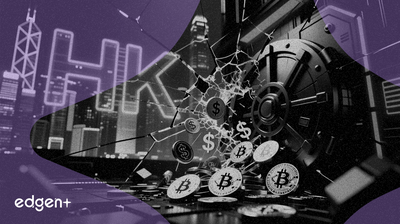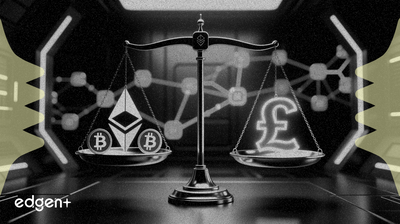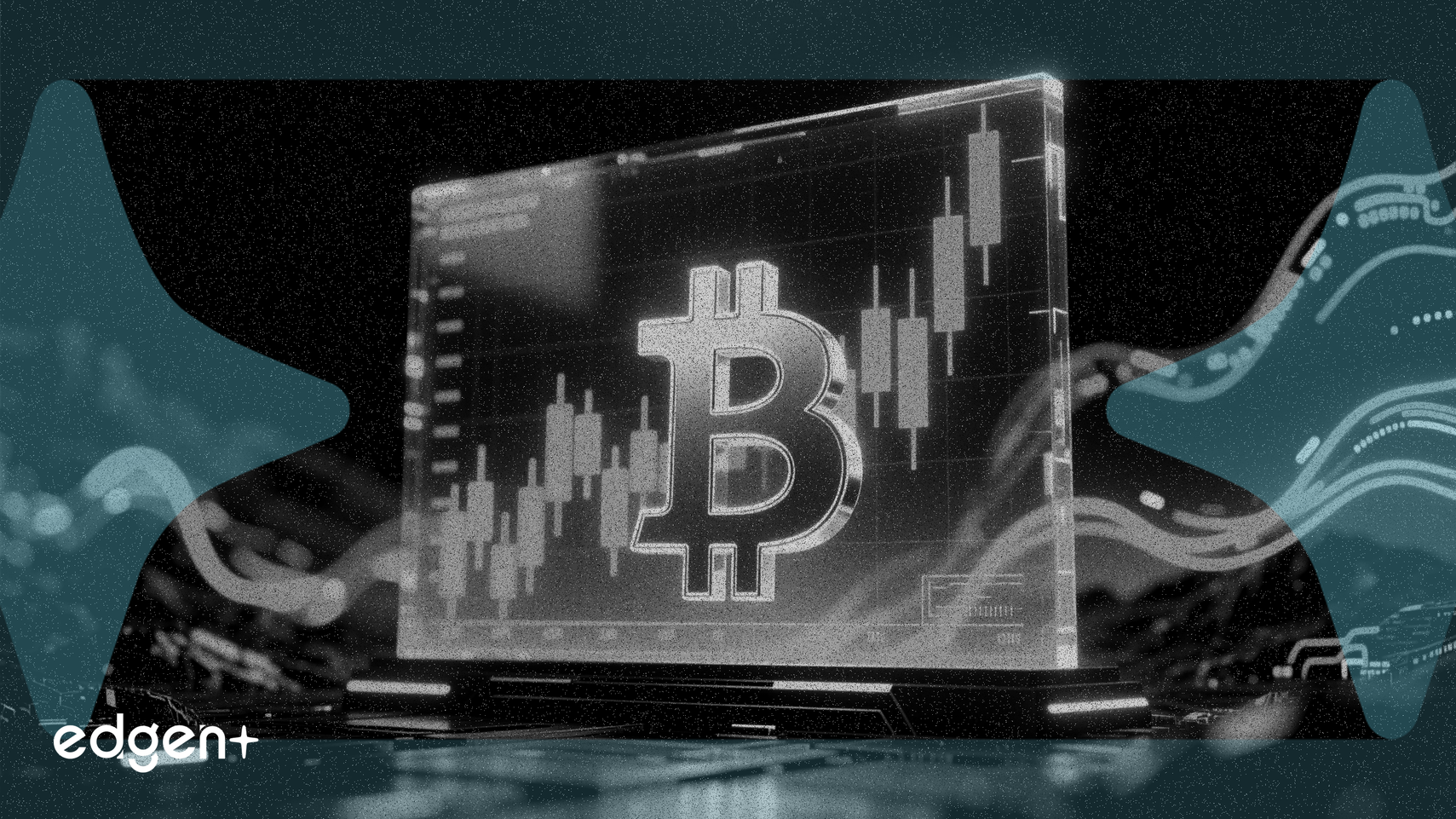Related News

Justin Sun Alleges $456M Fraud by First Digital Trust, Highlighting Hong Kong Regulatory Gaps
## Executive Summary **Tron** founder **Justin Sun** has intensified accusations against Hong Kong-based custodian **First Digital Trust (FDT)**, alleging the firm and its partners illegally diverted $456 million in reserves intended to back the **TrueUSD (TUSD)** stablecoin. The allegations have gained legal traction following a worldwide asset freeze order issued by a Dubai court. The incident exposes potential vulnerabilities in Hong Kong's **Trust or Company Service Provider (TCSP)** regime, creating a significant test case for the city's newly implemented stablecoin licensing framework. ## The Allegations in Detail According to statements made by **Sun**, financial institutions including **First Digital Trust Limited** and **Legacy Trust Company Limited** colluded with a Dubai-based trade finance firm, **Aria Commodities DMCC**, to misappropriate the funds. Sun alleges that **FDT** rerouted **TUSD** reserves offshore and fabricated transaction documents to conceal the activity. The core of the accusation is that **FDT** exploited regulatory gaps in Hong Kong's existing trust company laws, which are less stringent than those for licensed financial institutions, to facilitate the illegal fund diversion. ## Legal Developments and Market Response A critical development in the dispute is the issuance of a worldwide freeze order by the Dubai Digital Economy Court to safeguard the rights of **TUSD** holders. **Sun** publicly acknowledged the court's decision, stating it was a necessary step to protect the assets in question. The legal action lends material weight to the allegations and shifts the matter from a public dispute to a formal international legal case, adding pressure on the involved parties. ## Regulatory Implications for Hong Kong The case has significant implications for Hong Kong's standing as a regulated digital asset hub. In August 2025, the city officially launched a comprehensive licensing and regulatory framework for fiat-referenced stablecoins, managed by the **Hong Kong Monetary Authority (HKMA)**. **Sun** has explicitly warned that the alleged fraud undermines this framework. The incident highlights the critical importance of oversight not just for stablecoin issuers but for the third-party custodians and trust companies that hold their reserves. Regulators may now be compelled to re-evaluate the TCSP regime to ensure that trust companies managing digital asset reserves are held to stricter prudential and security standards. ## Broader Context This dispute underscores the persistent operational and counterparty risks within the stablecoin ecosystem. The stability and integrity of any stablecoin depend entirely on the transparent and verifiable management of its reserves. The allegations against **FDT** serve as a stark reminder that even with established regulatory frameworks, bad actors can seek to exploit loopholes. For Hong Kong, this event represents a real-world stress test of its regulatory ambitions. How the **HKMA** and other regulatory bodies respond will be a critical indicator of their ability to govern the digital asset market effectively and maintain investor confidence.

UK Proposes 'No Gain, No Loss' Tax Deferral for DeFi Activities
## Executive Summary The United Kingdom's government has released a proposal to implement a "no gain, no loss" tax framework for specific Decentralized Finance (DeFi) transactions. The proposed rules, which target crypto-asset lending and liquidity pool provisions, would defer the capital gains tax (CGT) event until the assets are economically disposed of. This initiative represents a significant potential shift from the current guidance, which often triggers a taxable event upon the transfer of assets into a DeFi protocol. The measure is designed to reduce the administrative complexity and tax burden on users, potentially fostering greater DeFi adoption and solidifying the UK's position as a crypto-friendly jurisdiction. ## The Event in Detail Under the current guidance from **His Majesty's Revenue and Customs (HMRC)**, when a user transfers crypto assets into a DeFi lending or liquidity protocol, it is often treated as a "disposal." This means the user is liable for Capital Gains Tax on any appreciation in the asset's value at the time of the transfer, even if no profit has been realized in fiat currency. This interpretation has been a major point of friction for the UK's crypto industry, creating tax liabilities that do not reflect an investor's actual economic position and imposing a heavy compliance burden. The new proposal seeks to rectify this by treating the transfer of crypto assets into a lending or liquidity pool arrangement as a non-event for tax purposes. A CGT event would only be triggered upon the final "economic disposal" of the assets, such as selling them for fiat currency. This aligns the tax treatment of these DeFi activities with their underlying economic substance, where the user retains a form of ownership or claim on the underlying assets. ## Financial Mechanics of the Proposal The core of the proposal is the deferral of the CGT liability. To illustrate, consider an investor who acquired 1 ETH for £1,000. If they later deposit that ETH into a liquidity pool when its market value is £2,500, current **HMRC** rules could trigger an immediate CGT liability on the £1,500 gain. The investor would have to pay tax on this "phantom" gain, despite not having sold the asset. Under the proposed "no gain, no loss" system, this £1,500 gain would not be taxed at the point of deposit. The tax liability would be deferred until the investor withdraws their assets from the pool and subsequently sells them. This method prevents tax events from occurring during the intermediate steps of DeFi participation, significantly simplifying tax calculations and improving cash flow for investors. ## Market Implications The proposal is widely viewed as a bullish development for the UK's DeFi ecosystem. By lowering the barrier to entry and reducing the tax complexity associated with participating in DeFi, the new rules are expected to encourage greater adoption among both retail and institutional investors. This regulatory clarity could make the UK a more competitive and attractive hub for DeFi projects and developers, who have previously been deterred by the ambiguous and often punitive tax environment. Industry bodies and participants have lauded the proposal as a "major win" that reflects a more nuanced understanding of DeFi from UK policymakers. ## Broader Context and Global Regulatory Trends The UK's proposed approach places it in the context of a global conversation about how to regulate and tax the nascent DeFi sector. In the United States, for instance, the crypto industry has been actively pushing back against broad IRS proposals that could impose significant reporting burdens on DeFi participants. The UK's move signals a proactive effort to create a bespoke regulatory framework that supports innovation while ensuring tax compliance. This could set a precedent for other jurisdictions grappling with how to adapt traditional tax principles to the novel structures of decentralized finance, potentially influencing the direction of global crypto regulation.

Kaspa (KAS) Surges Over 17% While MemeCore (M) Plummets by 31% in Volatile Trading
## Executive Summary In a display of significant market volatility, **Kaspa (KAS)** and **MemeCore (M)**, two tokens within the top 100 cryptocurrencies by market capitalization, demonstrated sharply divergent trajectories. Kaspa experienced a substantial price surge of over 17%, while MemeCore recorded a steep decline of more than 31%. These movements occurred on significant trading volumes, indicating strong investor activity behind both the rally and the sell-off. ## The Event in Detail **Kaspa (KAS)** exhibited strong bullish momentum, with its price climbing between 17.54% and 25% to reach approximately $0.0607. This price increase was supported by a 24-hour trading volume of approximately $119 million. Market analysis suggests the rally is underpinned by positive technical indicators, such as the MACD and AO, signaling a potential breakout despite what is described as a fearful broader market. Conversely, **MemeCore (M)** underwent a severe price correction, falling by over 31% to a price of $1.25. The token registered a 24-hour trading volume of over $42 million. This precipitous drop is particularly notable as it follows a recent period of positive performance, during which the token achieved a record high of $1.97, illustrating the high-risk, high-volatility nature of memecoins. ## Market Implications The dramatic and opposing price actions of KAS and M highlight the fragmented nature of the current altcoin market. M's sharp downturn after reaching a peak serves as a case study in the rapid sentiment shifts that can affect assets in the memecoin category. The capital rotation out of such assets can be as swift as the initial speculative inflow. In contrast, Kaspa's ability to rally against a backdrop of general market fear suggests that investors may be prioritizing projects with perceived stronger fundamentals or unique technological propositions. The reported bullish signals from technical analysis indicate that this move may be driven by more than just speculative fervor, potentially attracting capital from traders looking for assets with positive momentum. ## Broader Context This event underscores a key characteristic of the cryptocurrency market: the performance of individual digital assets can become significantly decoupled from the movements of major cryptocurrencies like Bitcoin and Ethereum. The divergence between a utility-focused project like **Kaspa** and a memecoin like **MemeCore** points to a maturing, albeit still speculative, market where investors are making distinct choices based on asset class and risk appetite. The incident serves as a clear illustration of the inherent risks associated with memecoins, which are highly susceptible to sentiment-driven volatility and rapid price collapses. For Kaspa, its counter-trend rally could signal growing investor confidence, potentially positioning it as a more resilient asset in a market that is otherwise characterized by uncertainty.
